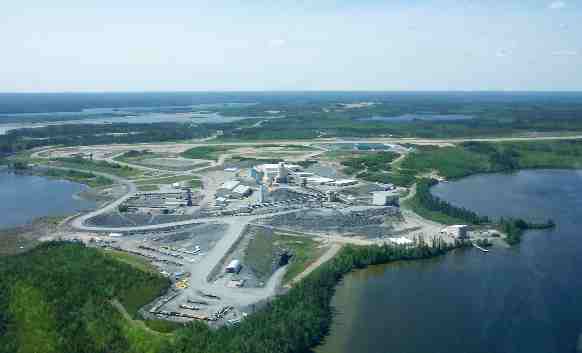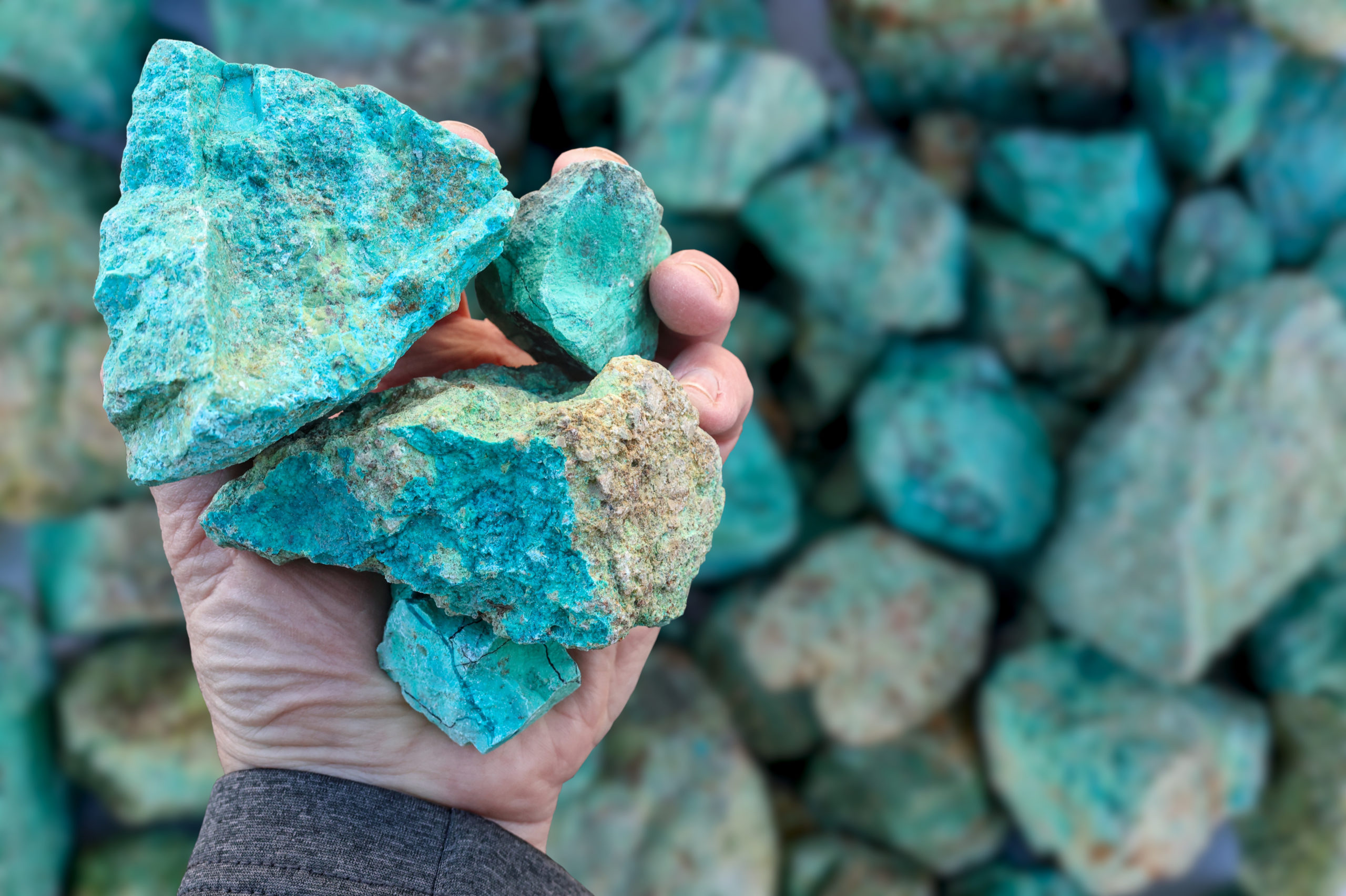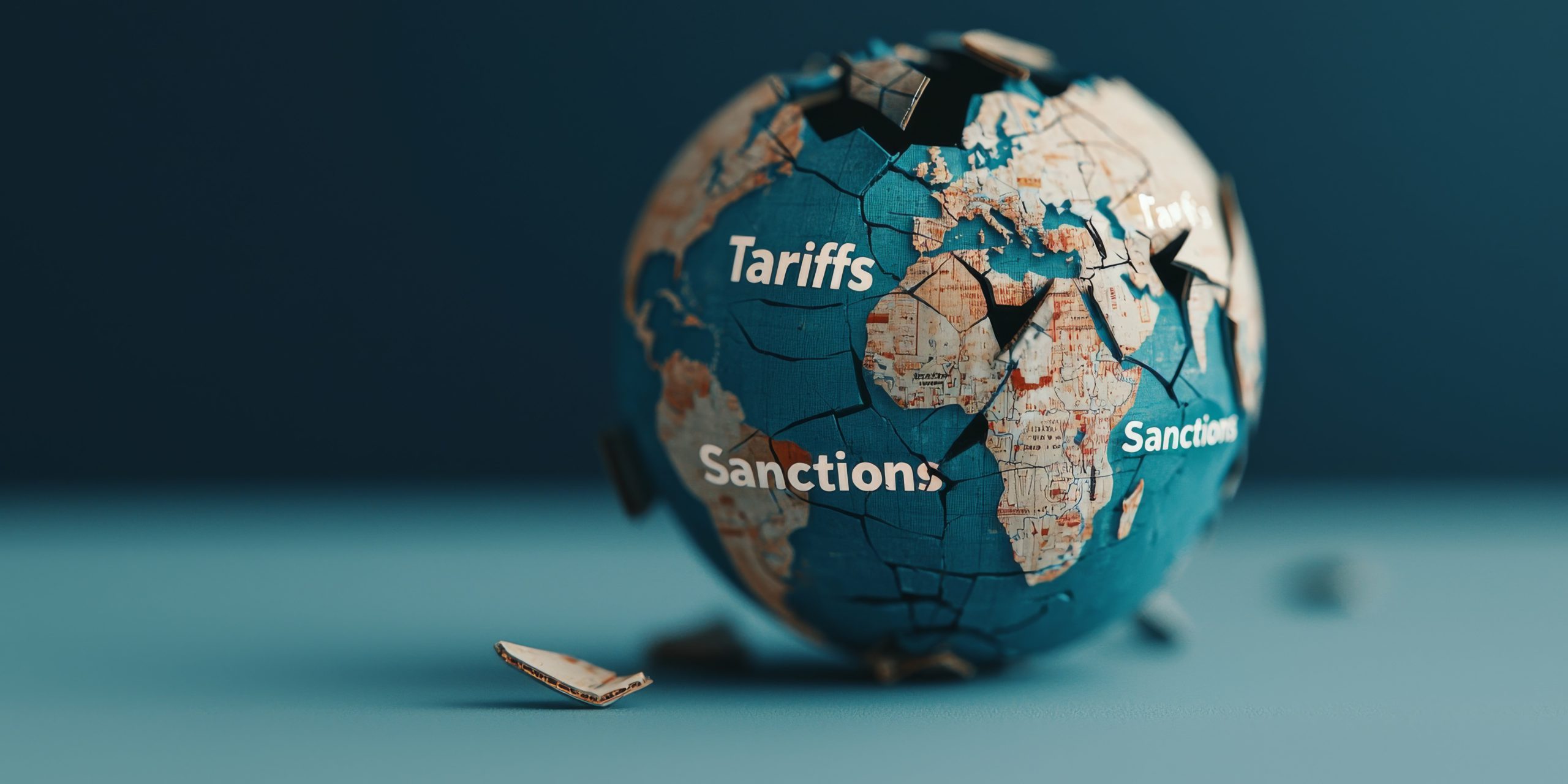Disappearance of potash tax credit irks Saskatchewan miners

Mosaic Co.’s K3 potash mine. CREDIT: MOSAIC CO.
Saskatchewan is consistently rated as a top mining jurisdiction, ranking third globally in Fraser Institute’s 2018 ranking of global mining jurisdictions, second in 2017 and first in 2016.
But Saskatchewan potash miners were caught off guard by the province’s latest budget, which eliminated deductions for potash production.
The move, which came in March, and is expected to raise $117 million annually for the province, raised the effective tax rate on potash to 9.3% from around 6%.
Nutrien, Canada’s largest miner by market cap, said it was “disappointed” with the change. “With these changes, Saskatchewan potash production will be subject to the highest royalty and tax rates in the world,” the company said in a statement to CBC News. “In recent years, the potash mining industry has incurred significantly increased costs and this is yet another step to reduce Canadian competitiveness.”
Sarah Fedorchuk a spokesperson for Mosaic Co. said the move would have a material impact on the company, which has already been in cost containment mode because of subdued markets.
“Obviously, if we’re paying more tax we’re less profitable than we were prior to the announcement,” she said. “Right now we don’t anticipate an impact on jobs, however it would definitely give us pause to consider how and where we invest future dollars.”
In a conference call in May, Mosaic’s senior vice-president and CFO Clint Freeland said the company expects the tax increase to raise the cost of goods sold by $35 million in 2019 and by roughly $50 million per year thereafter.
While the move will hit potash miners’ bottom line, the biggest concern seemed to be the lack of consultation about the change.
“K+S Potash Canada was disappointed that the province completed no consultation with the potash industry in making this unilateral decision and would have appreciated the opportunity to work with the province on the change in a fair and transparent way,” said Maeghan Dubois, manager, communications and corporate affairs for K+S Potash Canada in an emailed response to questions.
“This decision adds to the already significantly increased costs in the industry, including the province’s recent application of PST to real property services, the implementation of a carbon tax, and the uncertainty with regard to regulatory regimes.”
Fedorchuk said the lack of consultation was also a big concern for Mosaic Co.
“I think that sometimes people forget that there’s potash deposits in a lot of places in the world,” she added. “We’re in a very competitive global market and a decision like this does impact our competitiveness.”
While the government had been consulting with industry around potential changes to the potash royalty regime in 2015, those talks were cancelled in 2016 when potash prices took a dip. Fedorchuk says it would have made more sense to open that up again and consider the overall tax structure more holistically than to eliminate the tax credit suddenly.
The change was effective almost immediately, as of Apr. 1.
That leaves potash miners with no time to plan for the increase in payments, said Ron Styles, executive director of the Saskatchewan Potash Producers Association.
“The government has worked very well with us in the past and maintained a framework and environment that has allowed the potash industry to invest billions of dollars over the past decade,”
he said in an interview. “We just want to make sure that that environment and the framework that makes us competitive on a worldwide basis is maintained and continued into the future.”
Industry in recovery
The potash industry is only starting to recover from a crash that brought prices down from US$900 per tonne at is peak in 2008 during the financial crisis to around US$200 in 2016. At press time the spot price was around $265 per tonne.
Styles says the sector is definitely not operating at full capacity.
“We are coming out of a downturn in price that lasted for a while. I would say things are starting to improve – prices look like they’re going to move up marginally over the next couple of years but we’re definitely not talking about a return to price levels that we had seven or eight years ago.”
Styles said the recovery is expected to be slow and uncertainty around trade and the global economy is also weighing on potash producers.
While potash miners weren’t happy about the tax changes, there’s not a lot they can do in protest. The industry is important to the provincial economy – in 2017, Saskatchewan producers exported more than $5 billion worth of potash – their assets take a lot of capital to develop and then last for decades and decades, making any shift in capital slow moving.
And Saskatchewan’s political stability and infrastructure beats the other top potash producing jurisdictions – Russia, Belarus and China.
Saskatchewan finance minister Donna Harpauer indicated that the decision to eliminate the deductions was based on recent and expected growth in the potash industry.
“Sales are projected to be up as well as price, and so that was our time to, I think, ensure that Saskatchewan people were benefitting from what is their resource,” she told the Star Pheonix.
The tax consists of a base payment on production and then a profit tax. But Harpauer said that deductions over the years have “eroded” the base payment to very low levels.
The elimination of the deduction is forecast to boost total potash revenue to $618.6 million next year, up 23%.
Energy and Resources Minister Bronwyn Eyre said the effective rate had fluctuated between 3% in the ’90s to 18.5% in 2008 and 6% in recent years and that the recent change would achieve a balance of around 9%.
About one-third of the world’s potash is produced in Saskatchewan at 10 mines owned by Nutrien, Mosaic Co. and K+S.
Nutrien’s Vanscoy mine, for one, has seen recent layoffs. Meanwhile, BHP Billiton has still not given the go-ahead to complete its Jansen potash project, where it has already spent $2.7 billion over six years. It would need to invest more than $5 billion to bring the project to production.
The Bethune mine, owned by K+S, came online in 2017 and was the first new potash mine in the province to be built in 40 years. The company invested more than $4 billion in its Bethune mine, which employs 450 people.
Mosaic, which has three mines in the province, says that while the company is in a good position, it’s still in cost containment mode. Fedorchuk notes that the cost of doing business is higher in Canada than it is for companies in many other jurisdictions.
“We spend a lot of time thinking of our environmental footprint, we pay really great wages and these are things that we are spending money on that our competitors aren’t,” she said. “So we have the most sustainable operations in the world and we’re competing against jurisdictions that might not have all of the regulations that we do.”
Diversification efforts
Saskatchewan already has half of world’s potash reserves and a large uranium sector, which has also been hit by a prolonged slump in prices and demand.
Exploration for other mineral resources in the province on the other hand, recently got a boost with a new incentive.
Aiming to encourage mineral exploration and also diversify its mining sector, the province announced the Targeted Mineral Exploration Incentive, part of the province’s Mineral Development Strategy, in 2017.
Starting in 2018-19, the incentive program aimed at base metals, precious metals and diamonds, offers a rebate of 25% up to a max of $50,000 per company. The incentives are available for a defined area in east-central Saskatchewan which includes areas of base metals and gold production (Creighton and La Ronge) and existing diamond projects (Prince Albert). Other provinces already have mineral exploration incentives in place.
The program was capped at $750,000, but the government says it has already started to pay off with more than $6.5 million in exploration spending planned for the targeted area.





Comments